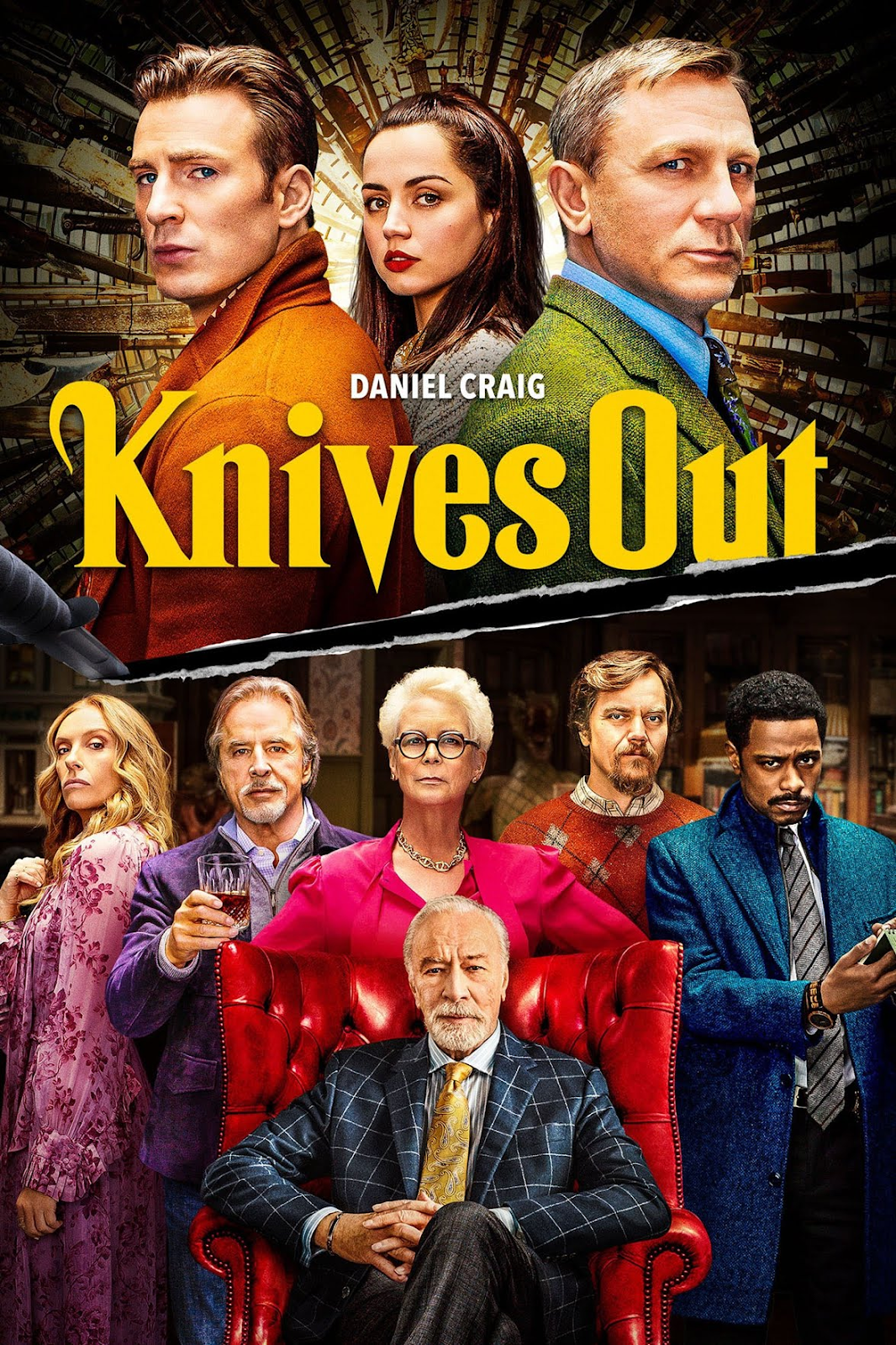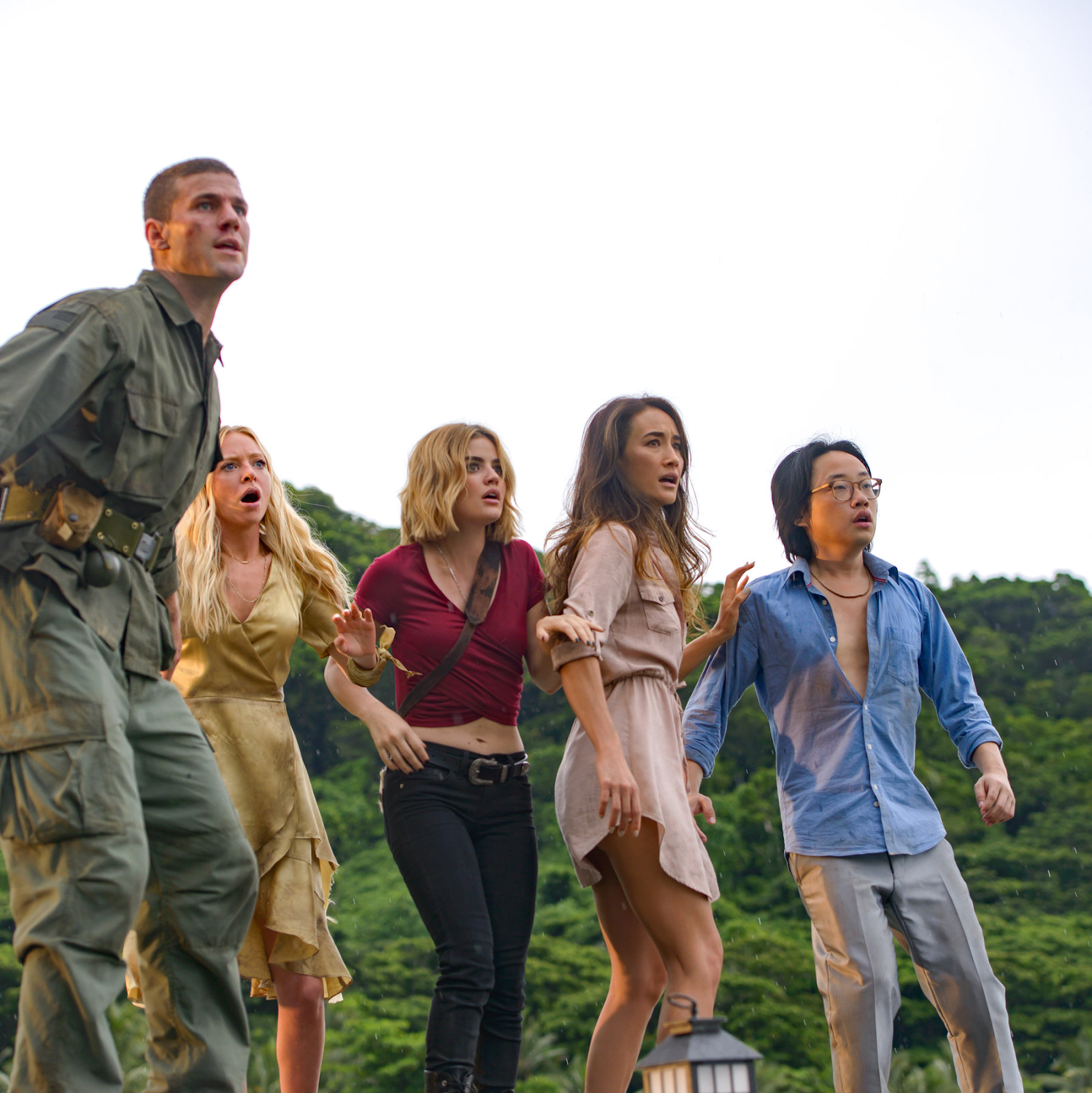Genre Blog: Mystery
Camera Angles
A common camera angle is a high angle to show vulnerability or weakness of a victim to murder. These films also utilize low angles to create the opposite affect while also attempting to create feelings of helplessness. The mystery genre also utilize extreme close up shots to show the emotion of a character while displaying nothing else.
Camera Movements
This genre of film often uses tracking shots which track a characters movement throughout a setting. Tracking shots also are utilized to follow an object essential to a seen as it moves around a setting. The mystery genre also uses pans to reveal more of a setting or create focus on a character or object. This technique is especially prominent in long scenes in which rather than editing from scene to scene a pan allows the director to create a long continuous shot.
Shots
Mystery movies include close up shots are typically used to show a character's fear when discovering a dead body or even anger when something of theirs has been stolen.
Mis-En-Scene
Mystery films often take place in the recent past, so the costumes will match the time period that the film is taking place. The props mainly consist of police tape, magnifying glass, murder weapons, blood, etc. As for the lighting, usually it is naturalistic lighting and sometimes low lighting when the villain enters frame. When it comes to the acting, there is usually a hero that is normally a very smart detective. Mostly, there is a villain whose identity is not revealed until the end.
Editing
Lastly, you will see split-screen edits sometimes to show the detective searching and villain killing simultaneously. These films also feature camera zooms to focus on an object or point of interest. Another commonly used editing technique is cutaways that often switch to a subplot or another section of a connected operation.
Sound
Typically, fast-paced music is used to create tension for the audience. This genre also uses non digenetic sound in the form of heartbeats of footsteps in moments of intensity.
I like this genre because it allows us to conceal interesting elements of the plot which is what we wanted to do anyways. This genre is also a good option because it corresponds well with that of our pitch due to our films preferred setting and the mood conveyed through the environment. On the other hand, I don't like this genre because it can be difficult to conceal information from the viewer while still developing the plot. These difficulties however could be interpreted as a positive aspect as a good film-maker can transform these difficulties as an output for complexity.



Comments
Post a Comment